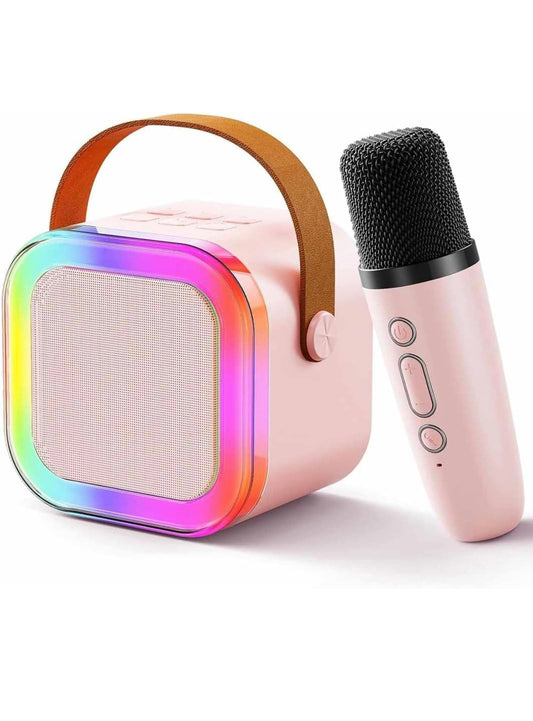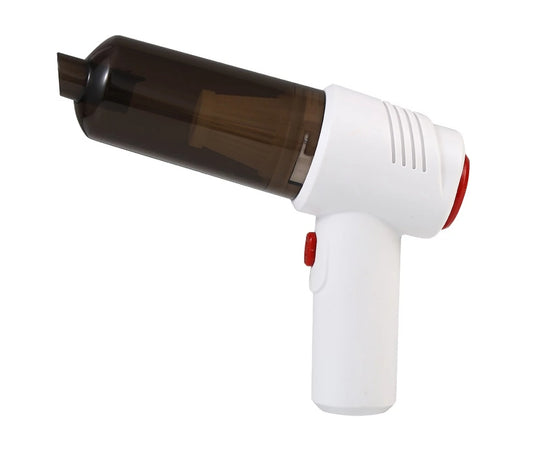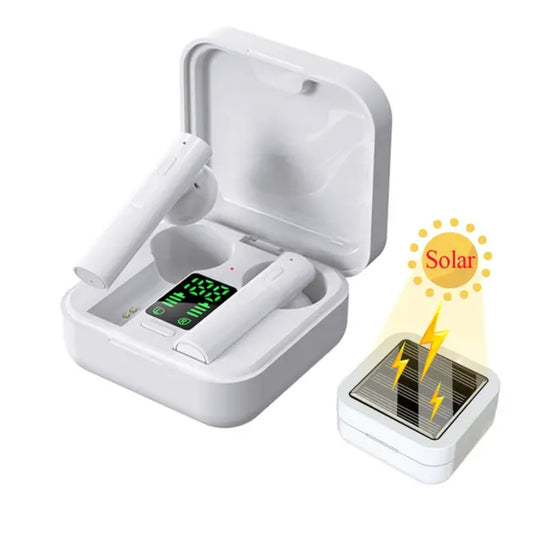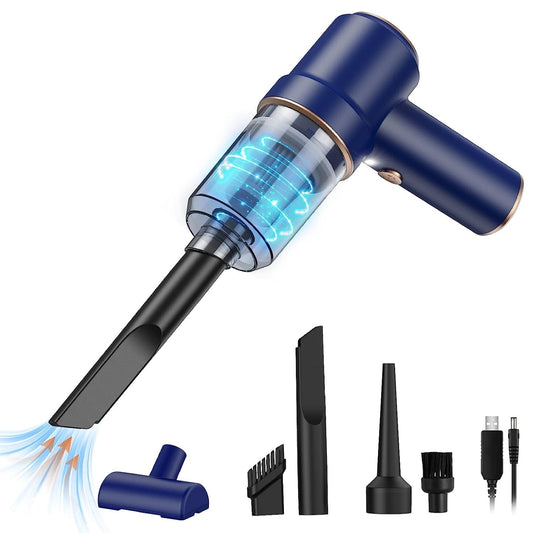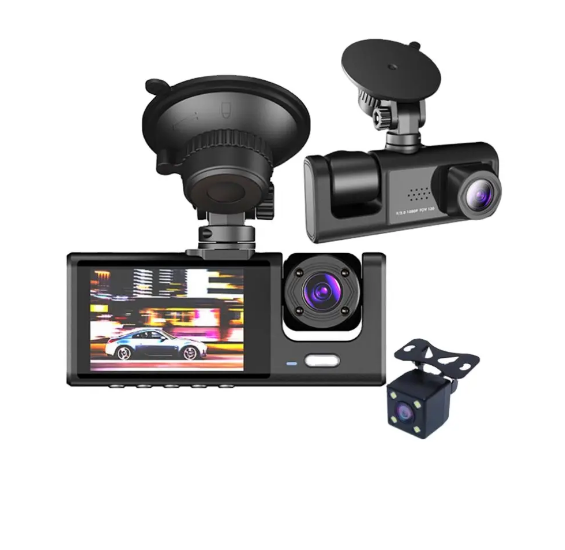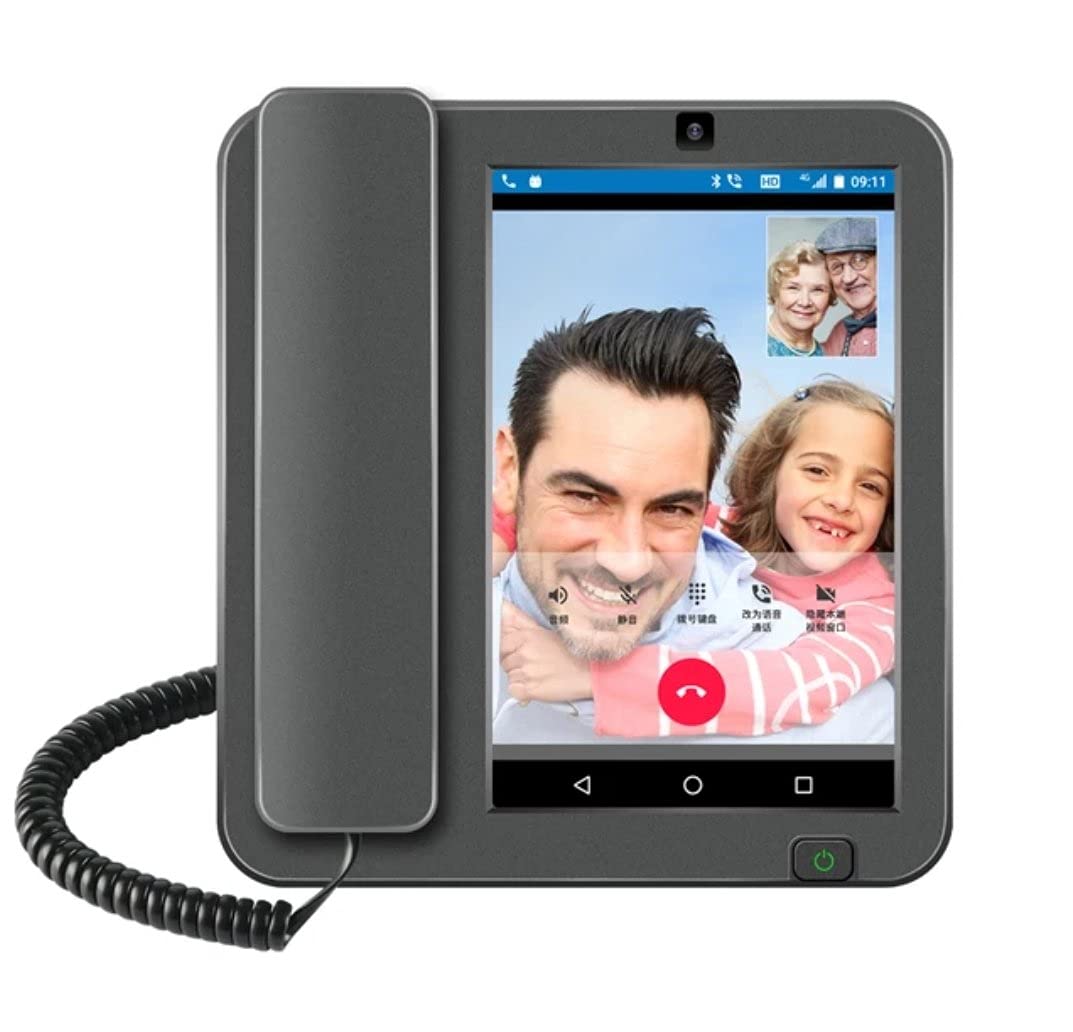A jump starter is an essential tool for any car owner, especially when you're caught off guard with a dead battery. Knowing how to use a jump starter can make the difference between a stressful and smooth day. With the right knowledge, you can easily power up your vehicle without relying on roadside assistance or waiting for another car to help.
In this article, we’ll walk you through everything you need to know about how to use a jump starter, including a step-by-step guide, troubleshooting tips, maintenance advice, and how to choose the right jump starter for your needs. We’ll also explain why portable car jump starters are safer, more efficient, and more convenient than traditional jumper cables. After reading this, you’ll feel confident in your ability to safely and effectively use a jump starter, no matter where you are.
Why You Need a Jump Starter
A dead battery is one of the most common reasons for car breakdowns, and it can happen at the worst possible time. Whether you're heading to an important meeting, running errands, or parked in a remote location, a dead battery can be a major inconvenience. Relying on roadside assistance or another car for help can be time-consuming and sometimes even dangerous, especially if you’re stranded in an isolated area.
A portable car jump starter solves these problems by providing a quick and safe solution. With a jump starter, you don't need to wait for another driver to come to your rescue or for a tow truck to show up. A jump starter gives you the independence and peace of mind to address a dead battery on your own.
Additionally, jump starters are much safer than using traditional jumper cables, which require the assistance of another vehicle and often involve risky connections. With a jump starter, you can jump-start your vehicle in a safe, controlled environment without worrying about sparks or accidental damage.
Step-by-Step Guide: How to Use a Jump Starter
If you’re new to how to use a jump starter, the process can seem a little intimidating at first. But once you follow the correct steps, it’s straightforward and easy. Here’s a comprehensive guide to help you get started:
Steps to Jump-Start Your Car Safely:
- Preparation: Before you even think about using your jump starter, it’s important to check its charge level. Ensure your jump starter is fully charged before attempting to use it. If you haven’t used it in a while, plug it in for a top-up before relying on it in an emergency.
- Locate the Battery Terminals: Every car battery has two terminals: a positive (+) terminal and a negative (-) terminal. It’s essential to correctly identify each terminal before proceeding. Most batteries have markings or labels near the terminals to guide you. The positive terminal is often covered with a red cap, while the negative terminal may be labeled with a minus sign.
- Connect the Jump Starter: Take the red clamp (positive) and attach it securely to the positive terminal of the car battery. Then, take the black clamp (negative) and connect it to an unpainted metal part of the car’s frame or engine block. It’s important to connect the negative clamp away from the battery to reduce the risk of sparks near the battery.
- Start Your Vehicle: Once the clamps are securely attached, power on the jump starter and wait a few moments to allow it to transfer power to the car's battery. After a brief pause, try starting your car. Most cars will start right away, but if it doesn’t, wait a few minutes before trying again.
- Disconnect Safely: Once your car is started, it’s time to remove the clamps. Always remove the black (negative) clamp first, followed by the red (positive) clamp. Be cautious to prevent the clamps from touching each other during the process, as this could lead to sparks or even damage the jump starter or your car’s electrical system.
- Recharge the Jump Starter: After use, it’s important to recharge your jump starter to ensure it’s ready for the next emergency. Store it in a cool, dry place, and recharge it as needed. Regular charging is vital to keeping your jump starter in top condition.
Important Safety Precautions
While jump starters are generally safe, it's essential to follow specific precautions to ensure your safety:
- Avoid Clamp Contact: One of the most important safety tips for how to use a jump starter is ensuring that the clamps never touch each other. Doing so can cause a short circuit, damage to the jump starter, or sparks, which could be hazardous.
- Wear Protective Gear: It’s recommended to wear protective gloves and safety glasses when using a jump starter. While accidents are rare, these precautions offer extra protection in the unlikely event of sparks or other mishaps.
- Turn Off Car Electronics: Before jump-starting, make sure to turn off all electronics in the car, such as the radio, headlights, and air conditioning. This reduces the strain on the car's electrical system during the jump-starting process and minimizes the risk of surges.
Types of Jump Starters to Consider
When learning how to use a jump starter, choosing the right model is crucial for ensuring you have the tools you need. There are different types of jump starters available, each with unique features. Here’s a guide to help you make the right decision:
- Basic Models: These are straightforward jump starters that focus purely on jump-starting your car. They’re affordable and typically lighter than multi-functional models, making them an excellent choice for those who need something simple and easy to store.
- Multi-Functional Jump Starters: If you're looking for more than just a jump starter, consider models that come with additional features like air compressors, LED lights, and power banks. Models such as the iGADG A22 or Roadside Savior are great options for drivers who want extra convenience in a single device. These jump starters can help you inflate tires, power up electronics, and even provide light during night-time emergencies.
- Compact Models: For those who have smaller vehicles or need something easy to carry, compact jump starters like the iGADG AK4 are a great option. These models are lightweight, portable, and ideal for keeping in your car without taking up much space. Despite their size, they still provide the power needed to jump-start most vehicles.
Common Issues and Troubleshooting Tips
If your jump starter isn’t working as expected, here are some troubleshooting steps you can follow to resolve the issue:
- Check Clamp Connections: The most common issue when using a jump starter is improper clamp connections. Ensure that the clamps are tightly attached to the correct terminals on the battery.
- Check the Charge Level: If your jump starter isn’t providing power, it might be because it’s low on charge. Always make sure your device is charged before using it.
- Corrosion on Battery Terminals: Corrosion on the battery terminals can prevent a solid connection. If you see any rust or buildup, gently clean the terminals with a battery cleaning brush before attempting to use the jump starter again.
- Weather Conditions: Extreme temperatures, both hot and cold, can affect the performance of your jump starter. It’s best to store your device in a temperature-controlled environment to maintain its efficiency.
Maintenance Tips for Your Jump Starter
Proper maintenance will ensure your jump starter lasts longer and performs optimally when you need it most. Here are a few maintenance tips to keep in mind:
- Charge Regularly: Even if you don’t use your jump starter frequently, it’s important to charge it at least once a month to maintain its battery health. This ensures that the device is always ready when an emergency arises.
- Store in a Safe Place: Store your jump starter in a cool, dry location away from direct sunlight and extreme temperatures. Heat and moisture can damage the internal battery and components, reducing the overall lifespan.
- Clean the Clamps and Cables: Periodically check the clamps and cables for corrosion, dirt, or other buildup. Clean them regularly to maintain a strong and reliable connection.
Benefits of Using iGADG Jump Starters
When it comes to how to use a jump starter, having the right product is essential for a safe and efficient experience. iGADG offers a range of high-quality jump starters designed to meet different needs:
- Affordable Prices: iGADG provides jump starters at competitive prices, ensuring you don’t have to break the bank to own a reliable device.
- Versatility: iGADG jump starters come with a variety of features, from basic models to multi-functional devices, offering flexibility and convenience.
- Durability and Reliability: iGADG jump starters are designed to last, tested for safety and performance, so you can count on them in any situation.
Conclusion
Now that you know how to use a jump starter, it’s time to take action and make sure you're prepared for any emergency. A jump starter is a simple yet powerful tool that can save you from the inconvenience of a dead battery. Whether you choose a basic model or a more advanced, multi-functional device, owning a jump starter ensures that you’ll never be left stranded.
Don’t let a dead battery ruin your day! Explore iGADG's range of reliable and affordable jump starters here. From compact models to multi-functional options, we’ve got you covered for every need.
Frequently Asked Questions
Q1. How long does a jump starter take to charge?
Most jump starters take 3-5 hours to fully charge, depending on the model.
Q2. Can I use a jump starter on all vehicles?
Yes, most jump starters are compatible with 12V vehicles. However, larger trucks and commercial vehicles may require a higher-power model.
Q3. What if my jump starter doesn’t work?
If your jump starter isn’t working, check the charge level and ensure that the clamps are properly connected. Also, check for corrosion on the battery terminals.
Q4. How do I know when my jump starter is fully charged?
Most jump starters have indicator lights that show when the battery is fully charged. Check the user manual for specific instructions.
Q5. Can a jump starter be used on a completely dead battery?
Yes, most jump starters can handle a completely dead battery, but it depends on the charge and capacity of the device.
Q6. How often should I charge my jump starter?
To keep your jump starter in good condition, it’s recommended to charge it at least once a month.
Q7. Can I use my jump starter to charge other devices?
Some jump starters, like the iGADG A22, come with USB ports and can charge phones or other electronic devices.
Q8. Are jump starters safe to use?
Yes, jump starters are designed with safety features like overload protection, spark-proof technology, and short-circuit prevention to ensure safe operation.
Related Articles
How to check car battery health | Reasons for car not starting | How to recharge car battery | How to start a car with low battery | Low battery indicator in car | What to do when car battery dies | Car battery not charging
{ "faqs": [ { "question": "How long does a jump starter take to charge?", "answer": "Most jump starters take 3-5 hours to fully charge, depending on the model." }, { "question": "Can I use a jump starter on all vehicles?", "answer": "Yes, most jump starters are compatible with 12V vehicles. However, larger trucks and commercial vehicles may require a higher-power model." }, { "question": "What if my jump starter doesn’t work?", "answer": "If your jump starter isn’t working, check the charge level and ensure that the clamps are properly connected. Also, check for corrosion on the battery terminals." }, { "question": "How do I know when my jump starter is fully charged?", "answer": "Most jump starters have indicator lights that show when the battery is fully charged. Check the user manual for specific instructions." }, { "question": "Can a jump starter be used on a completely dead battery?", "answer": "Yes, most jump starters can handle a completely dead battery, but it depends on the charge and capacity of the device." }, { "question": "How often should I charge my jump starter?", "answer": "To keep your jump starter in good condition, it’s recommended to charge it at least once a month." }, { "question": "Can I use my jump starter to charge other devices?", "answer": "Some jump starters, like the iGADG A22, come with USB ports and can charge phones or other electronic devices." }, { "question": "Are jump starters safe to use?", "answer": "Yes, jump starters are designed with safety features like overload protection, spark-proof technology, and short-circuit prevention to ensure safe operation." } ] }




